Acrylic paint is an ideal option for painting wood and offers the added benefit of being easy to work with. With its many advantages, it’s no wonder why acrylic paints have become a popular solution among DIYers alike.
Before beginning your artwork, it is vital to ensure the wood surface is prepared correctly with a priming coat. This will ensure optimal results and give you ideal painting outcomes.
Have you wondered how to prime wood for acrylic painting but don’t know where to begin? You’ve found the right guide! We have all the necessary steps for properly priming wood surfaces, so let’s prepare to paint.
Top reasons you should prepare the wood before painting
Aspiring painters note that prepping your wood surface with sealer and primer is essential in acrylic painting. Skipping this vital preparation can result in subpar results and a colossal waste of time and resources. Investing time upfront to understand the unique nature of wooden surfaces will help you create something special that stands out from all other works.
Preparing and sealing wood for acrylic painting means distinguishing between a mediocre project and an impeccable result. Here are six reasons why it’s essential to take this step:
- Please remove those unsightly bumps and prepare the surface by sanding it before you begin your project.
- To ensure vivid colors and an even finish, prime the wooden surface before applying acrylic paint on the wood. Without wood priming, the porous material may absorb too much of the color or cause it to patch up unevenly – compromising its look and longevity.
- Priming creates a vivid, luminous effect that showcases lighter shades of color.
- Sealing your paint is essential. Otherwise, the acids can slowly cause irreversible damage to wood panels.
- Sealing raw wood offers superior protection against peeling, humidity, staining, and deterioration. This ensures your woodwork stays strong for years to come!
- Sealed raw wood increases longevity and wards off Support Induced Discoloration.
Understanding Primer Vs. Sealer Before Using Acrylic Paint on Wood
Primers and sealers may appear similar but are two distinct coatings with varying purposes. Understanding how to use each will help you get the best possible results for your project. Let’s take a look.
Sealer
A sealer helps preserve wood by providing a protective barrier against weather damage and harsh chemicals. The sealer protects by keeping wooden surfaces looking beautiful for years.
One needs to apply the coat sealer before the primer. People often confuse it with sealing used to protect the painting. That’s why it’s often called sizing to ensure clarity. Examples of sealants include PVA glue and Golden CAC.
Primer
A practical primer is the start of any great painting. It strengthens paint adhesion and provides a perfect foundation layer for your masterpiece’s creation.
One must apply a primer layer over the sealer to create the perfect base for any project. Gesso is the best wood primer for acrylic paint.
How to Prep Wood for Acrylic Paint?
Getting your piece of wood ready for acrylic paints is a breeze. Follow these six simple steps to help ensure the perfect texture and protection: start by lightly sanding down ridges, then prime wood panels for maximum adhesion. Top that with one coat of sealer, and you’ll have lasting protection.
Cleaning
Give the wood panel or piece a thorough clean. For deep dust, use air pressure or a vacuum for optimal results. Then wipe down using a lint-free cloth dipped in water to give it back its shine.
Putting the Wood in Its Place
Reinforce your large wood surfaces to prevent warping! To simplify the process, consider supporting each corner with a jar, prop, or similar object. Add stability by attaching a wooden panel on the back – be sure to use glue for extra security.
Sanding
You don’t need to sand further if your wood panel has a smooth finish. If it hasn’t been pre-sanded, use an abrasive paper or sanding sponge between 140 and 280 grit to smooth it lightly.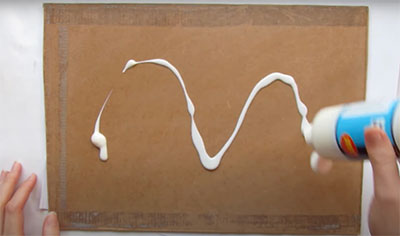
For a smooth surface, always keep the grain in mind! Sanding against it will cause splintering and require extra effort during your woodworking project.
Cleaning
For a pristine finish, gently wipe the wooden panels with a tack cloth. The moisture from the material will effectively pick up all loose debris. You can apply paint thinner using lint-free fabric for any remaining sanded particles.
Sealing (Two coats)
Give your project the perfect finish with a protective coating of sealing. Allow for ample drying time. Ensure the surface is spotless, and if it’s still rough to the touch, use 220-grit sandpaper. Now it’s time for your second coat of paint.
Opt for at least two coats to achieve a subtle sheen on the sealed wood. Add more layers and let it dry properly before use for an extra glossy finish.
Priming
Prepare your surface for painting with a particular first coat of wood primer for acrylic paint. Apply it to the front and sides, followed by the back once dry completely. You can use a roller, brush, or spray for application. Don’t leave it for more than a few days to ensure optimal results before painting it with acrylic paint.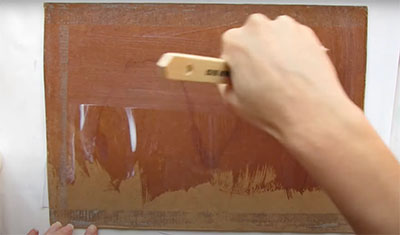
Sand the first coat and wipe it off for a smooth, professional finish on your primer layer. Then apply a few more coats to eliminate ridges, and you’re left with evenly primed panels.
Starting with 1 or 2 coats of acrylic paint primer for wood is essential. After the entire surface is arid and ready for paint application, complete each step correctly. Missing any actions can result in unexpected issues down the road.
Which wooden surfaces can be painted with acrylic paint?
Acrylic paint can be used to craft masterpieces on any wood. For best results, look for pre-made ‘artist grade’ surfaces that guarantee high quality and long-lasting beauty in your artwork.
Artists’ wooden panels
Professional artists looking for a convenient, money-saving alternative to traditional wood panels will be pleased with pre-made wooden options. Not only have they been cut and treated by the manufacturer, but many even come primed and ready to paint, allowing them more time in their creative process.
Primed wooden panels
Also known as gesso panels, it is essential to ensure these are primed before use. Generally, an acrylic primer or ‘universal’ version will do the trick. However, it’s worth noting a small portion of these products may be oil-primed, which should only be used with oil paints. All necessary information can usually be found on either product listings or labels.
Unprimed wood panels
Save money and get an enriched look with unprimed panels. If you desire, choose one of the available colored or colorless gesso options. A clear variant is also offered so your wood’s unique character can remain visible.
Custom painting panels
Unleash your creativity on your painting panels. Before picking up the brush, ensure it is adequately sealed and primed to prevent warping or weathering due to different temperatures, humidities, and environments. With naturally flexible acrylic paint, any underlying surface changes will not be visible since cracking won’t occur.
Frequently Asked Questions
Is it necessary to prime wood before applying acrylic paint?
For a perfect paint job, always start with wood priming. Although this isn’t usually recommended for painting wood canvases, applying a thin primer layer can help seal the surface and make it easier to work with acrylic paints.
Is it possible to use acrylic paint on wood surfaces directly?
Wood can be an ideal material to paint, and acrylic is the perfect medium for doing so! Ensure you condition your wood surface before painting, then seal off with a suitable layer once complete. This cost-effective method requires some preparation – but it’s well worth it.
What kind of primer is ideal to use with your acrylic paint?
Kilz provides the ideal foundation with its wide range of primers and products formulated to tackle harsh oily substances. Finish up your masterpiece by adding a layer of gesso or FolkArts Titanium White for a better result.
Does acrylic paint work on wood?
You can use acrylic, oil, and mixed-media paint on the wood. To ensure your artwork stands the test of time, it is essential to prepare your surface beforehand.
Conclusion
This was a guide about how to prime wood for acrylic painting. You can unlock the full potential of your wood panel with acrylic paint. Don’t forget to seal and prime it before beginning. This simple step will ensure that you achieve vibrant, long-lasting results.
Achieving a lasting paint job is dependent upon adequately prepping the wood. An inadequate primer can easily undermine your hard work, resulting in an unsatisfactory finish.
To ensure your wood is suitably protected for its intended usage environment, it’s essential to use the appropriate solution—water-based sealants when carrying out interior jobs and oil-based solutions for outdoor projects.

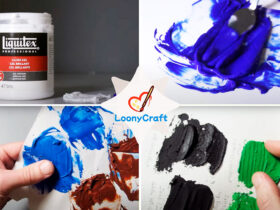

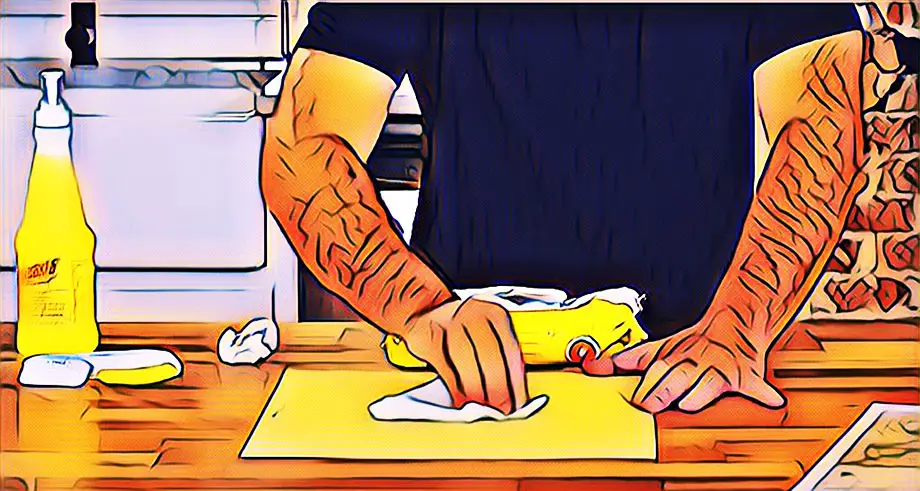
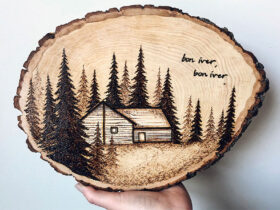
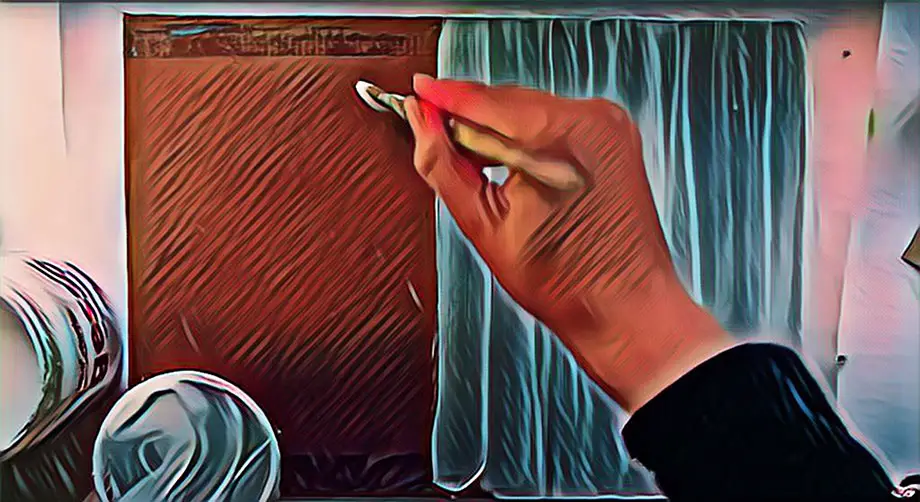






Leave a Reply